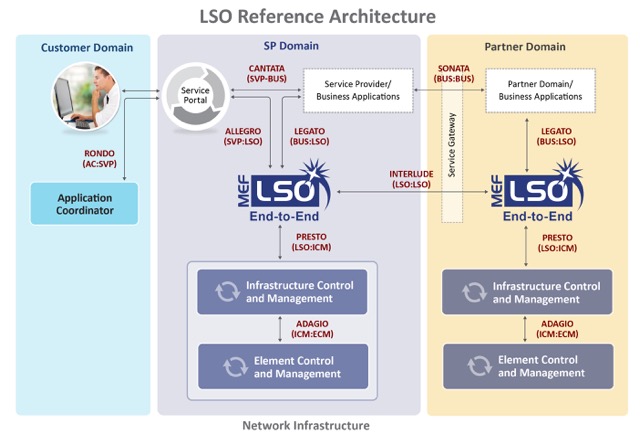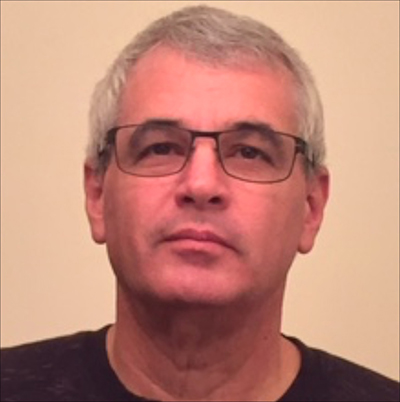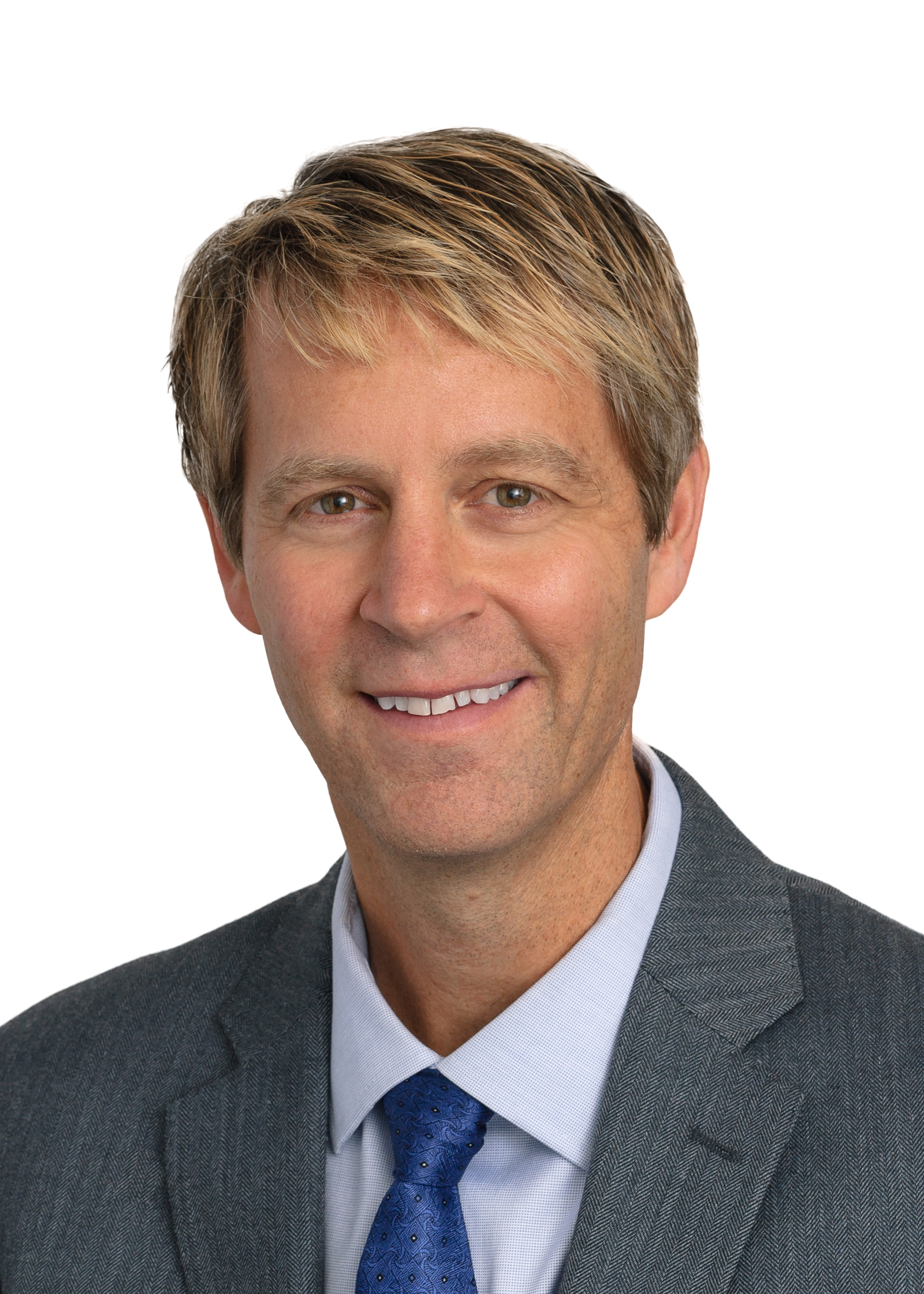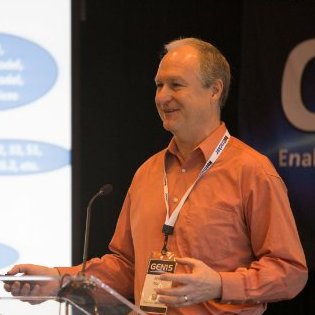Lifecycle Service Orchestration: Reference Architecture and Framework (MEF 55). This 57-page document from the MEF is the essential, foundational specification for agile end-to-end communications services that work within one carrier’s network or can span the globe linking multiple service providers.
Lifecycle Service Orchestration, or LSO, provides open and interoperable automation of management operations over the entire lifecycle of Layer 2 and Layer 3 Connectivity Services as well as Cloud applications and VNFs. The importance of the word “Lifecycle” should not be missed. LSO goes well beyond the initial setup of these services. It includes all the aspects of Service Assurance through the full lifecycle of these services, from when they are initially conceived until they are eventually disconnected, says Alan Zeichick, principal analyst at Camden Associates
What’s included in the document? Everything from design to fulfillment, from control to testing, and everything in-between. That spans quality management, billing and usage, security, service performance, service failure resolution, analytics and policy capabilities, and change management over all the network domains that require coordinated management and control in order to deliver and assure the service.
The Reference Architecture, written in the first half of 2016, describes the management and control domains and entities that enable cooperative LSO capabilities for a host of Connectivity Services and Cloud Applications. Indeed, the LSO architecture and framework enables automated management and control of end-to-end Services that span multiple provider domains.
For example, a service provider may use LSO to define how external operators can manage, control and add value to its end-to-end services — and the Reference Architecture document explains how to make that work in a standard interoperable way.
According to Chris Purdy, chief technology officer of CENX, the secret sauce of Lifecycle Service Orchestration is encapsulated in the word “orchestration,” where Connectivity Services are orchestrated across all internal and external network domains from one or more network operators.
“Within each provider domain, the infrastructure may be implemented with WAN technologies, as well as NFV and SDN,” Mr. Purdy explained. “Not only does this dramatically decrease the time to establish and modify the characteristics of the connectivity service, it also assures the overall service quality and security for these services.”

Shahar Steiff, AVP New-Technology at PCCW Global, added that LSO pertains to the three fundamental building blocks of automation: “Lifecycle is the process through which one or more operators turn a customer requirement into an order, deliver and assure a service, and bill for a service. Service is the combination of computational, storage and connectivity resources to address the customer’s requirement.
Orchestration describes the entities and elements involved in the delivery of said service through its lifecycle – and the relations and information flows between them. By combining those three elements into the unified LSO approach we can achieve automation, which in turn allows network programmability that yields responsiveness and the ability to enrich the portfolio of services offered by service providers.
Why service providers need the LSO reference architecture
It all starts with the Third Network vision for agile, dynamic and assured services, explains Mr. Purdy. The Third Network vision combines the best attributes of the low cost, flexible and rapid provisioning of public Internet services, with the high reliability, business-class security and predictability of services like Carrier Ethernet 2.0.

“The very beginning of LSO was the creation of the whole concept of the Third Network,” said Mr. Purdy. “Remember, MEF was very much Ethernet-centric, but there was a recognition that when it came to the data plane and the control plane, everything was pretty much settled.
The biggest problem with Ethernet was the operational challenges. How do we make it significantly more dynamic? How do we make it more ubiquitous? How do we allow the interconnect between parties? That is essentially what the problem space was, which grew into the whole Third Network vision.”
From there, he explained, it became apparent that in order to allow for rapid and automated provisioning, management, operations and billing of services between different carriers, there needed to be consistent definitions of those services, so that the carriers could speak the same language.
Those definitions needed to span the entire lifecycle of a service, from ordering and quoting, to setup, billing, problem resolution, and tear-down. Once those lifecycle definitions were in place, carriers could then use software to orchestrate business and technical processes. Thus: Lifecycle Service Orchestration, and a Reference Architecture to spell out the details in a standard, vendor-neutral way.
Dr. Andrew Mayer, MEF LSO chief architect, laid out a common LSO scenario:

“So you have the main service provider and you have the customer who is buying the service. But then you have other partner domains involved that may be providing access pieces or specific network functionality, which are service components of the end-to-end service.
The main service provider needs an orchestration mechanism to coordinate all those different pieces, and orchestrate them into a single view on behalf of the customer. In order to achieve dynamic services you really need to have that coordinated view.
CENX’s Purdy added: “That’s a start — from which the situation becomes even more complex. Even within that main service provider there are multiple different network domains, as well as services across those network domains. Those services may not have been defined in a consistent manner.
However, those network domains are now all starting to become virtualised, with some of them under SDN (Software Defined Networks) control. So we are seeing the complexity associated with actually setting up and managing the full lifecycle of these services. It is very, very complex and challenging.”
“And that’s the opportunity created by the LSO Reference Architecture,” continues Dr. Mayer. “We can now actually migrate from our legacy environment to emerging SDN controllers and NFV orchestrators. But no one is going to throw their entire investment away and just say ‘everything is SDN now.’
It’s going to be a lengthy migration process. LSO is essential to that migration because it allows the coexistence of all of those diverse technologies together in one orchestrated view so that carriers have a transition strategy by simply gluing the pieces together using standards-based definitions.”
The author of this blog is Alan Zeichick, principal analyst at Camden Associates.
Comment on this article below or via Twitter: @ VanillaPlus OR @jcvplus






